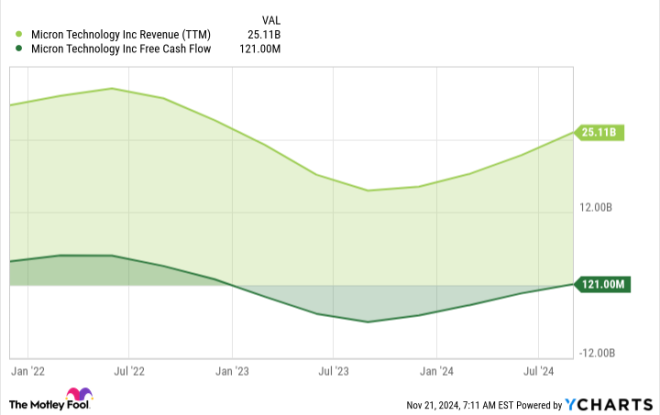I’m 63, retired and getting $45,000 per year. But I only have about $200,000 in my IRA and still have a mortgage. What’s my move?
MarketWatch Picks highlights items we think you’ll find useful; we are independent of the MarketWatch newsroom. We might earn a commission from links in this content. Learn more
Question: “At 63 years old, I am concerned over my retirement income. I retired at 60, with a passive income of about $45,000 per year, and started receiving $1,500 per month in Social Security at 62. My income is from rental properties with long-term leases that should extend through my 70s. I managed to put about $200,000 into an IRA. My mortgage is about $450 a month, plus taxes and insurance, with 10 years remaining. What options do I have to increase my portfolio and ensure my financial security for the next 15 years?”
Answer: You have a lot to consider here — and you may want to have a financial adviser help you make a plan to help your money grow and last throughout retirement, pros say. But before we go into whether to get a financial planner or not, let’s look at your situation and see what risks you might be facing that you should think about.
Some of your biggest risks are general inflation, renter risk — the potential for a tenant to have a negative impact — and long-term care costs, says Mark Struthers, a certified financial planner and founder of Sona Wealth Advisors.
Inflation risk: To outpace inflation, you’ll want to be sure your money is hard at work. Look at how that IRA is invested and whether that aligns with your long-term goals, suggests Ryan Haiss, a certified financial planner and co-founder of Flynn Zito Capital Management. “I often see DIY investors overexposed to certain sectors, such as technology, or taking on more risk than they realize,” Haiss says. “While that may work well in strong markets, it can be detrimental during downturns. An adviser can help review your investment strategy to ensure it aligns with your long-term goals.”



Leave a Reply